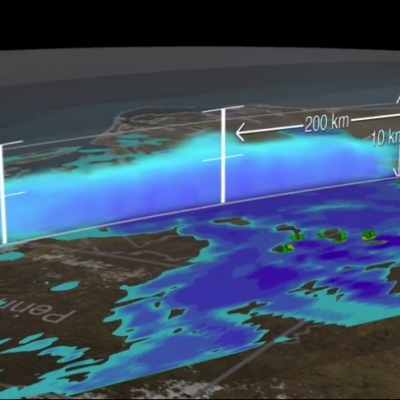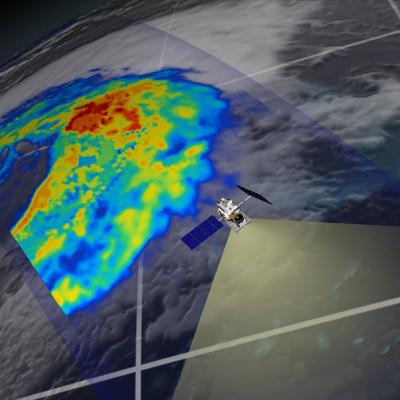Radar
Getting the Big Picture: Remote Sensing
JacobAdmin
Thu, 11/12/2015
A brief animated look at the different types of remote sensing techniques that NASA uses to study the Earth. This video discusses why we need remote sensing to study the Earth, and the differences between active and passive remote sensing from satellites. It also gives examples of different types of data NASA satellites collect about the Earth, and some of the applications of that data.
This video is public domain and can be downloaded in high resolution here.
TRMM/PR data distribution resumes during the experimental operation period. The satellite has descended to an altitude of around 350 km on February 12, 2015, which is the original nominal altitude before 2001. Verification of the data quality concluded and JAXA and PPS started distribution of PR data around the 350 km altitude (orbit number from 98231) to the public. PR available data period around 350 km altitude will be about 40 days since February 12, 2015. Please see TRMM/PR data distribution for further information and for the data locations.
The HIWRAP Radar Development Team
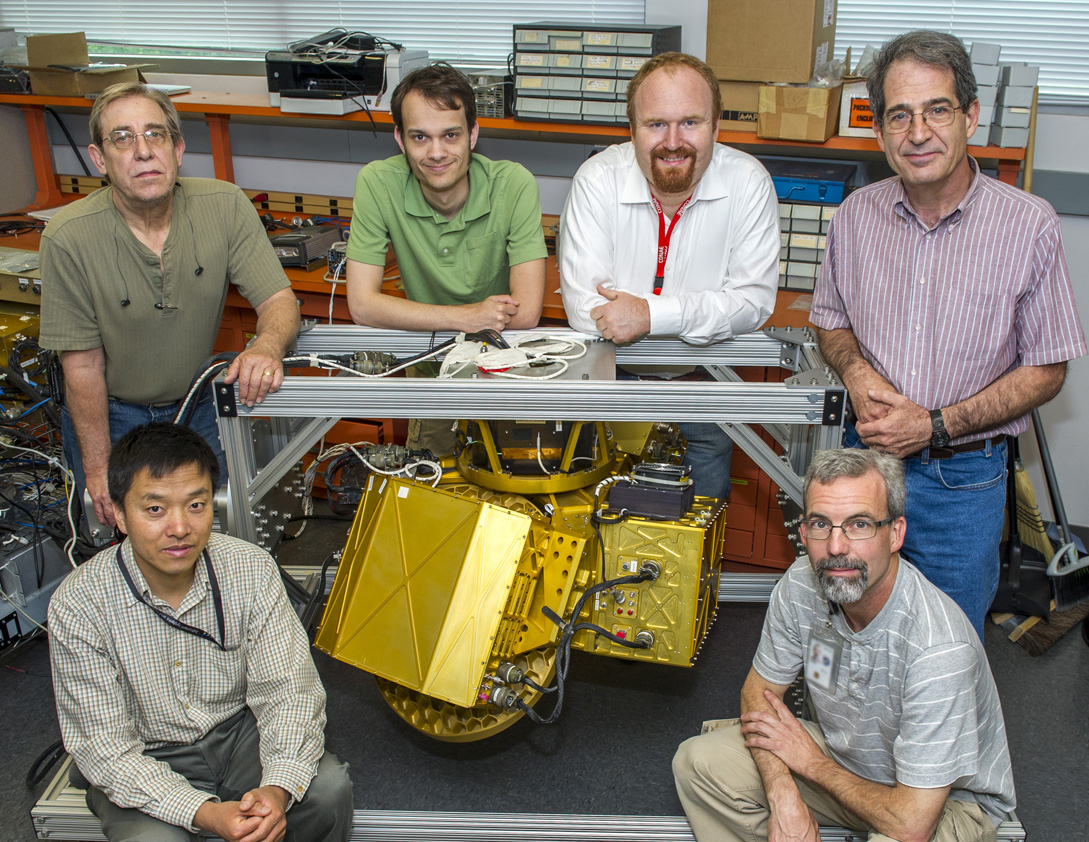
Image Caption
HIWRAP was developed by Goddard’s High Altitude Radar Group. The team includes (left to right): Lihua Li, Gerry McIntire, Michael Coon, Matthew McLinden, Gerry Heymsfield and Martin Perrine.
McLinden led the work on the Cloud Radar System and Li led the work on EXRAD.
D3R Radar at IPHEx
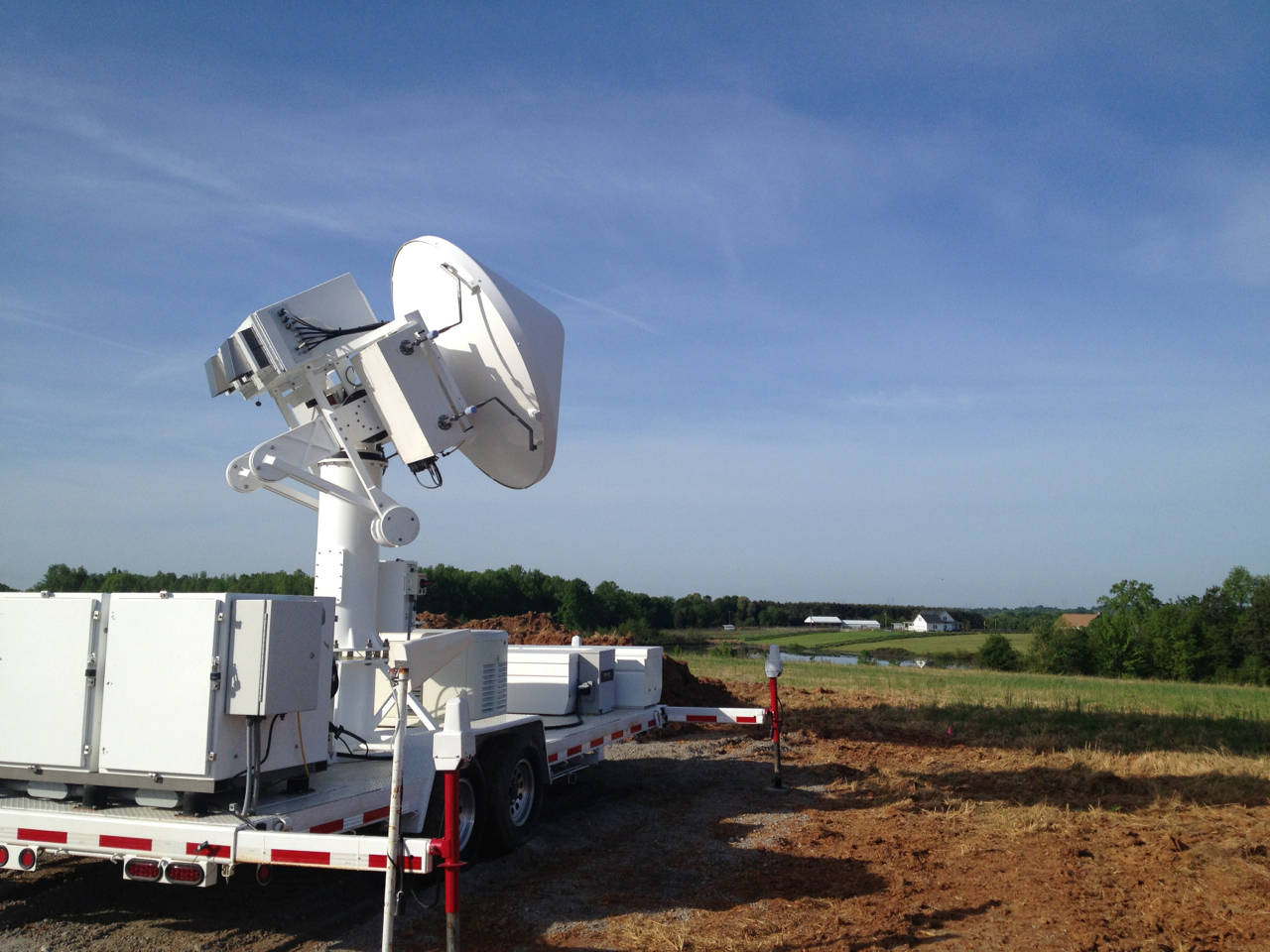
Image Caption
Set up on a ranch in Rutherford County, N.C., NASA's Dual-frequency, Dual-polarization, Doppler Radar (D3R) is one of several ground radars measuring rain as it falls from clouds. It has the same two frequencies as are on the GPM Core Observatory Satellit
Radar at the GCPEx ACRE Site
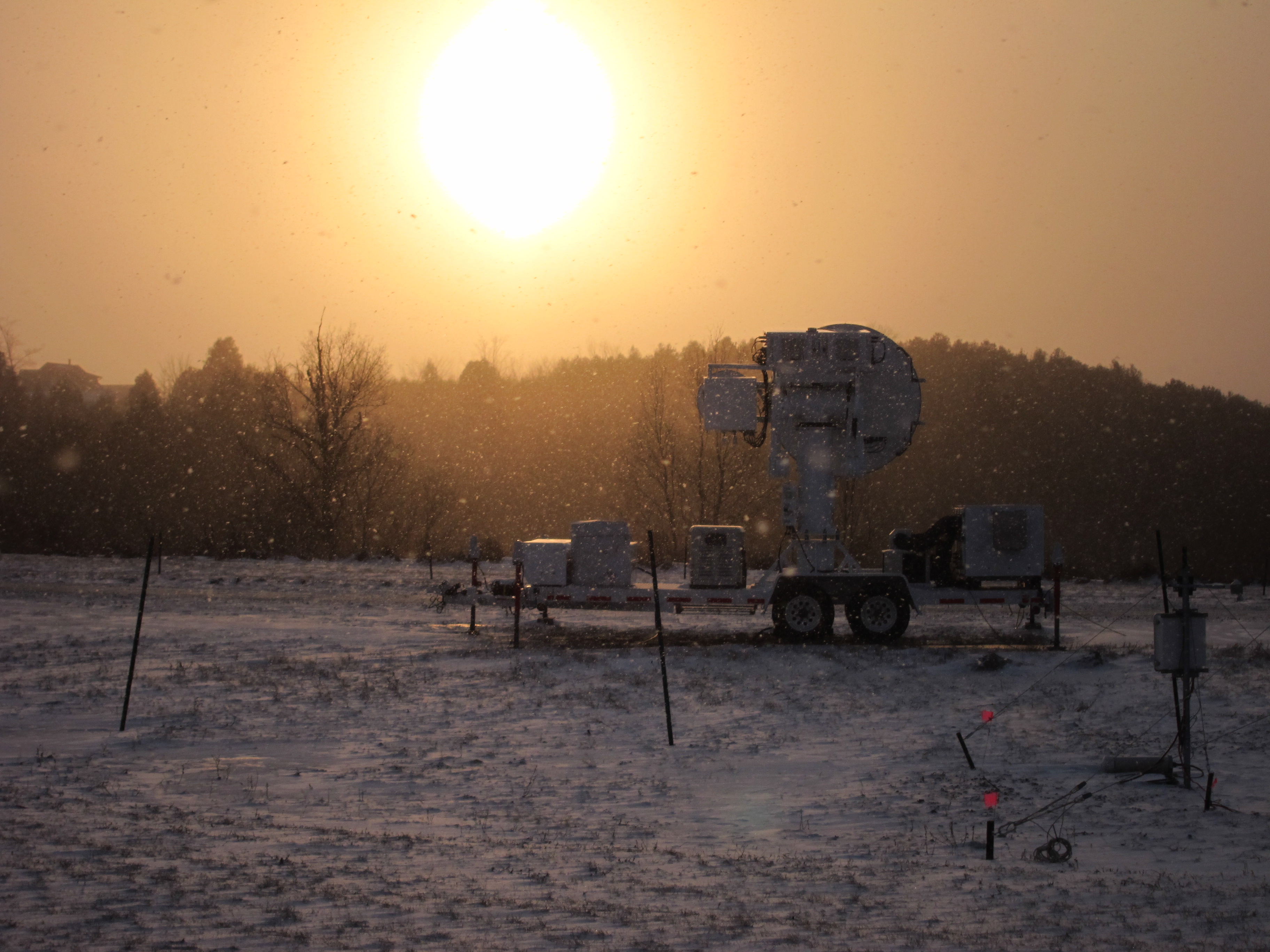
Image Caption
The radar at the ACRE site with blowing light snow (11 Feb 2012)


